THE MYSTERY OF RISK
Drugs, Alcohol, Pregnancy, and the Vulnerable Child
IRA J. CHASNOFF, MD
NTI UPSTREAM  CHICAGO
CHICAGO
Copyright 2010 by Ira J. Chasnoff, MD
All rights reserved. Except as permitted under the U.S. Copyright Act of 1976, no part of this publication may be reproduced, distributed, or transmitted in any form or by any means, or stored in a database or retrieval system, without the prior written permission of the publisher.
NTI Upstream
180 N. Michigan Avenue, Suite 700
Chicago, Illinois 60601
Visit our website at www.ntiupstream.com
For more information about special discounts for bulk purchases or to book a live event, please contact NTI Upstream Special Sales at 1-312-423-5680.
The names of children and families in clinical cases in The Mystery of Risk: Drugs, Alcohol, Pregnancy, and the Vunerable Child have been changed.
Cover design by Natalie Smith
Interior design by Jennifer Fitzsimmons
Edited by Jeff Link
All photographs by NTI Upstream
Printed in the United States of America
Library of Congress Control Number 2010926911
ISBN: 978-0-9840531-5-5
To
Eva Tenberg
Junior English, Bay City High School
1964
In memorium
Ira Glick, MD
colleague, mentor, friend
1927 - 2010
ALSO BY IRA J. CHASNOFF, MD
Drug Use in Pregnancy: Mother and Child
Drugs, Alcohol, Pregnancy, and Parenting
Understanding the Drug-Exposed Child
The Nature of Nurture
Power Beyond Measure
Risk and Promise
Cause and Consequence
To destroy abuses is not enough; habits must also be changed. The windmill has gone, but the wind is still there.
Victor Hugo, Les Miserables
PRELUDE Self-Portrait of a Substance-Exposed Child
Leonard is alone. He occupies his time by pacing back and forth, crossing from one end of his cell to the other in only five strides. Hes checked out some books from the library, but he cant decipher the jumble of letters and words. Ms. Rogers in second grade had tried to help him read, and one of his foster motherswas it Mama Tess? had even enrolled him in a Sylvan Learning Center. But before much progress could be made, he was moved again, and the next set of teachers and foster parents paid little attention to his reading skills.
Leonards mother, painfully thin and tattooed with needle marks, had been high on crack and whiskey when he was born. The hospital records showed that Leonard was fragile and fussy and had trouble feeding. But, with no insurance to cover their stay, Leonard and his mother went home within twenty-four hours of his birth. As he grew older, Leonards life was a haze: moving from one crack house to another, left in the care of aunts, uncles, boyfriends and strangers, some of whom paid his mother to spend time with Leonard.
Leonard remembers a younger brother, but hasnt seen him since DCFS stepped in and took custody of both boys when Leonard was five years old. Leonard was placed in an emergency foster home, but one week later the foster family called and told DCFS that someone would have to come get him. He was sexually aggressive, throwing wild tantrums that posed a danger to other children in the home. Leonard didnt fare any better with the next family, who found his frequent rages too much to handle. And so the story went. For the next seven years, Leonard went through seventeen foster homes. The placement disruptions consistently were the result of Leonards out of control behaviors, refusal to attend school, and sexual acting out. By twelve years of age, a group home run by the Catholic Church was his last chance. During his stay over the next six years, Leonard joined a gang, began running drugs, and was arrested several times. DCFS gladly discharged Leonard from its care on his eighteenth birthday.
Homeless and alone, Leonard lived on the streets. His former DCFS caseworker kept up with him, though, and late in the first year of his emancipation, she called my office to ask if we could perform an evaluation and perhaps figure out some way to help Leonard. With Leonards consent, we agreed to an appointment date.
Two weeks later, I was getting ready for office hours when the receptionist rang. Leonard is here. You can come see him now. I went up to the reception area, and there, stretched the full length of one of our fake leather sofas, lay Leonard pretending to be asleep. I shook him gently and led him back to the medical examining room.
On examination, Leonards face was a physiological map of his mothers drinking. The eyes were small and rounded, and his face was broad and flat, with a thin-lipped smile and receding chin covered in patches by a scruffy goatee. Leonards dark skin was inked with even darker gang tattoos accompanied by a smattering of scars and bruises. He explained away some of the scars on his torso as stab wounds he had gotten in his brief bouts in lock up. But in spite of it allhis caseworkers forewarnings, his obviously low cognitive functioning, the violence that defined his pastI found Leonards soft manner and ready laugh quite engaging.
As a last step in my part of his evaluation, I handed Leonard a piece of paper and a pencil. Draw a person was the only instruction I gave him. Leonard glanced at me curiously then bent forward to begin the task. I watched as his fingers gripped the pencil tightly, his eyes narrowed, and he bit his tongue with his chipped front teeth. As he drew, his free arm stubbornly guarded the page, and I was left imagining the violence and sheer gore that might emerge. But the picture was far worse than anything I had envisioned.
This was Leonardthe face, the Afro hair-do, the goatee. But the body positioning was that of an infant, with a simple message written on the front of the childs shirt. Feed me. This was Leonard a young man who had never had his basic needs for comfort, caring, and love met. This was Leonarda child in a mans body, still looking for his place in the world. I lowered the piece of paper and looked Leonard in the eye. Were going to try, was all I said.
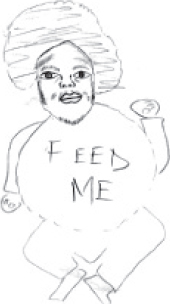
Leonard finished his two-day evaluation at our center, seen in turn by the clinical psychologist, the occupational therapist, and the education specialist. We put together a splendid intervention plan and were working hard toward a guardianship arrangement for him. But six weeks later, he was arrested once again for dealing drugs.
Leonard spends his days alone, afraid of the other prisoners who take advantage of his innocent demeanor. He has no visitors; his foster families have long forgotten him. Leonard will be almost thirty when he is released, and he likely will return to the only family who has ever accepted himhis gang brotherhood. What will happen then? The citizens and policy makers of his city, his state, and his nation will throw up their collective hands and say, There goes another one.
PREFACE Missteps in the Dance of Attunement
There is a grace to childhood, a dance of reciprocal interactions that occurs between a child and his loving and supportive world. But just as the elegance of the finest ballet can be spoiled by a pirouette on flat feet or a floundering lift, so can a childs development suffer from missteps in the relational dance of attunement. When something goes amiss, a dance may continue to the rhythm of the music, but an underlying tension does not allow the audience or the dancerto relax. In the same way, when loving interactions between a parent and child are disrupted, tension and anxiety impede the childs development of emotional and relational health.

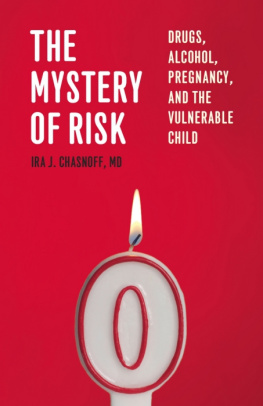
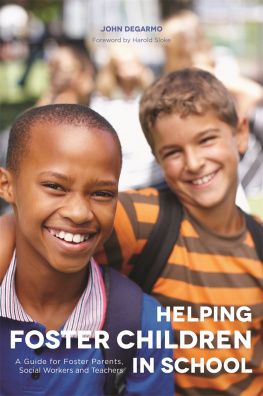

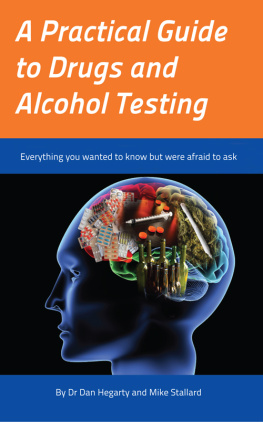
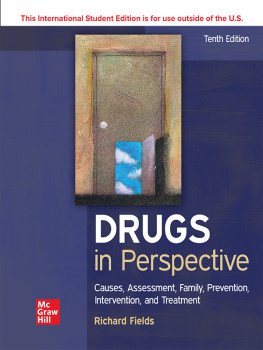
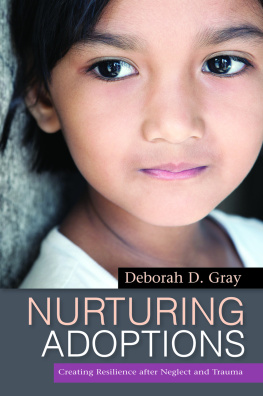
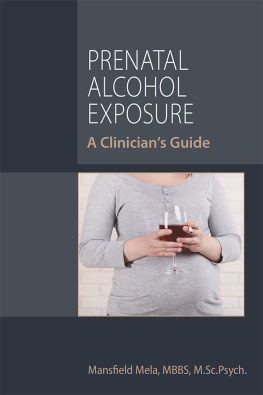
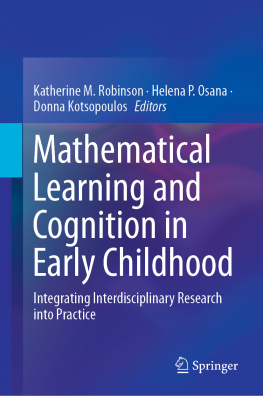
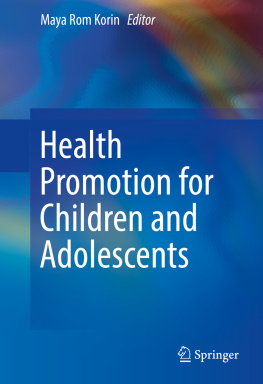
 CHICAGO
CHICAGO